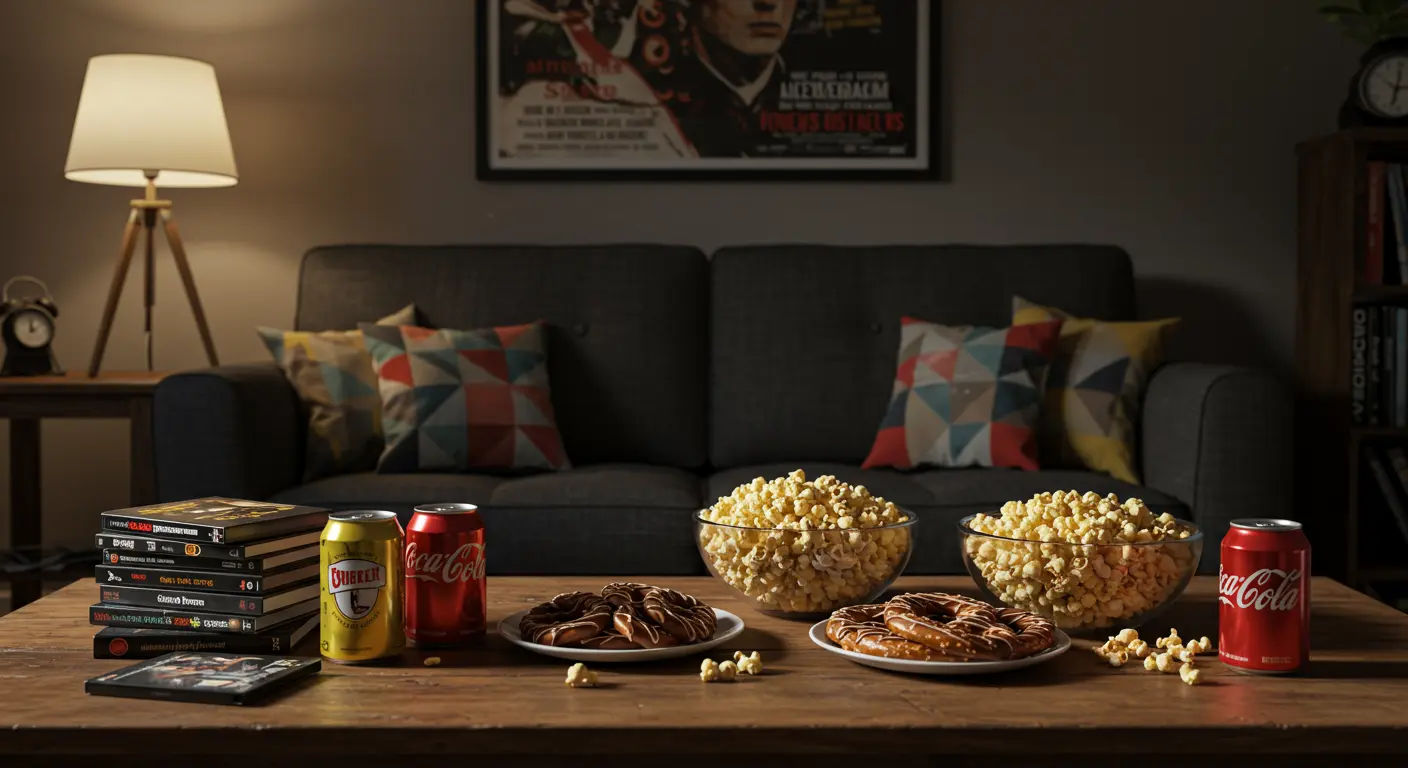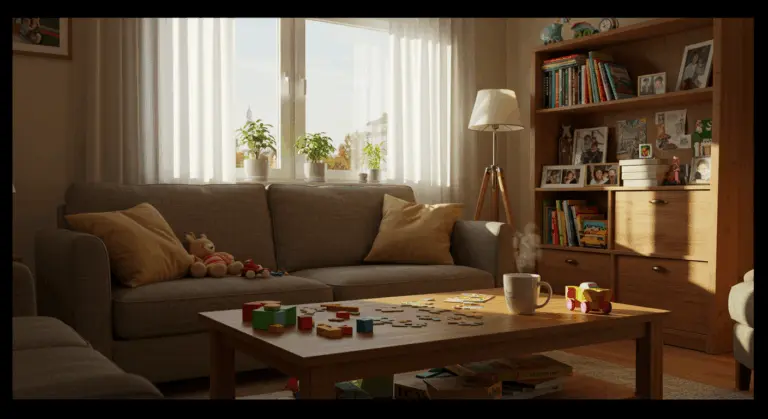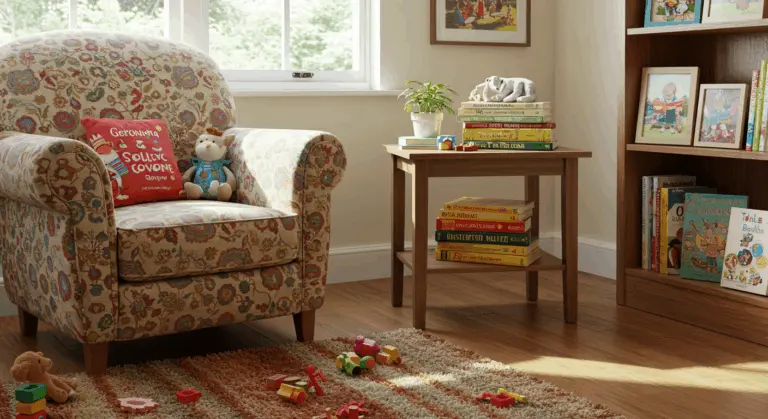Best Movies to Rewatch – Top Picks for Film Lovers

Why Rewatching Movies is Worth It
Have you ever watched a film and felt like you missed something crucial? Perhaps you’ve caught yourself quoting lines from a movie you’ve seen countless times? There’s something magical about revisiting films—it goes beyond simple entertainment. Not all movies reveal their secrets on first viewing. Some unfold like intricate puzzles, becoming richer and more rewarding with each encounter.
Rewatching movies unveils subtle details, foreshadowing, and nuances that slip past us initially. Movies with complex storylines or multifaceted characters demand multiple viewings to fully appreciate their artistry. What once seemed bewildering transforms into something profound. Clever construction emerges when you possess the complete picture.
There’s also the comfort of familiarity. Returning to cherished films feels like reuniting with old friends—offering nostalgia and emotional connection that fresh movies simply cannot provide. Films exploring universal themes—love, loss, triumph, redemption—continue resonating across viewings because they tap into fundamental human experiences.
Perhaps most delightfully, exceptional films embed in-jokes, Easter eggs, and subtle reveals specifically crafted to reward the attentive rewatched. These hidden treasures transform subsequent viewings into treasure hunts. New discoveries await, even in stories you thought you knew by heart.
Top 10 Most Rewatchable Movies
Some movies never get old, delivering fresh and captivating experiences after countless viewings. Their secret? The right mix of compelling narratives, unforgettable characters, and technical mastery.
-
Good fellas: Martin Scorsese’s intricate storytelling reveals new layers with each viewing.
-
Ferris Bueller’s Day Off: A timeless blend of humor and teenage rebellion.
-
Shaun of the Dead: Brilliantly combines horror and comedy, working on multiple levels.
-
Jurassic Park: Groundbreaking special effects and a narrative that balances wonder with terror.
-
Star Wars (Original Trilogy): An epic, mythic saga that has become a cultural touchstone.
-
The Shashank Redemption: Offers emotional depth that resonates differently as viewers age.
-
Aliens: Delivers perfect pacing and tension that remains effective even when you know the outcome.
-
The Matrix: A mind-bending film that rewards analysis of its themes and action.
-
The Princess Bride: A highly quotable classic filled with charm and adventure.
-
The Grand Budapest Hotel: Meticulously crafted with visual details that demand a rewatch.
Good fellas – A Masterclass in Storytelling
Martin Scorsese’s 1990 gangster epic Good fellas is a perfect example of great filmmaking—one that shows something new with each viewing. Following mobster Henry Hill’s meteoric rise and devastating fall, the film moves with breathtaking momentum while packing incredible detail into every frame.Good fellas gets better each time because of Scorsese’s dynamic direction and innovative methods. Consider the legendary Copacabana tracking shot—the camera glides alongside Henry and Karen through the nightclub’s back entrance, revealing choreographic precision and subtle character development to those paying attention. The film’s clever use of freeze-frames, voiceover narration, and fourth-wall breaking creates a complex tapestry that reveals new connections with each viewing.
The acting makes it worth watching again. Good fellas. Ray Liotta’s charismatic yet increasingly paranoid Henry Hill, Robert De Niro’s calculating Jimmy Conway, and Joe Pesci’s explosive Tommy DeVito (earning Pesci an Oscar) form a triangle of relationships that grows more nuanced—and tragic—as you become intimate with their fates. Even minor characters etch themselves into memory: Paul Sordino’s quietly menacing Pauline, Lorraine Branch’s transformative Karen Hill.
What’s remarkable is that, Good fellas maintains relentless energy despite its 146-minute runtime. The film’s quotable dialogue (“Funny how?”), iconic soundtrack, and Scorsese’s signature style ensure complete absorption—even after dozens of viewings.
Ferris Bueller’s Day Off – The Ultimate Teen Comedy
John Hughes’ 1986 masterpiece Ferris Bueller’s Day Off became the ultimate teen comedy by perfectly balancing of joy and reality. On the surface? A lighthearted romp following charismatic high school senior Ferris (Matthew Broderick) as he fakes illness to skip school for a Chicago adventure with girlfriend Sloane (Mia Sara) and reluctant best friend Cameron (Alan Ruck). Yet each rewatch reveals surprisingly nuanced exploration of teenage rebellion, friendship, and the looming anxiety of adulthood.
This movie works on so many levels at once. While Ferris embodies carefree confidence, Cameron’s arc wrestles with depression and parental pressure—adding unexpected gravity to what could have been simple comedy. The film’s famous fourth-wall breaking creates intimate connection, making viewers feel like co-conspirators in Ferris’s elaborate scheme.
The Chicago sequence remains cinema’s most joyful celebration of seizing the day. Ferris commandeering a parade float to perform “Twist and Shout” stands as pure cinematic euphoria. These exuberant moments contrast beautifully with quieter reflections—like the trio’s contemplative visit to the Art Institute, set to the dreamy “Please, Please, Please Let Me Get What I Want.”
Every time you watch, you notice something different. Sometimes it’s the slapstick brilliance of Principal Rooney’s (Jeffrey Jones) doomed pursuit. Other times, the poignant realization that this day represents a final hurrah before adult responsibilities descend. This emotional complexity, wrapped in Hughes’ signature wit and warmth, ensures Ferris Bueller’s Day Off remains as fresh and relevant today as when it first invited audiences to play hooky three decades ago.
Genres That Shine on Rewatch
While any masterfully crafted film can reward rewatching, certain genres work particularly well. They typically weave layered storytelling with intricate details that surface over time.
-
Action and Adventure: Films like The Dark Knight or Gladiator combine exciting action and complex character arcs, inviting deeper analysis upon rewatch.
-
Comedy: Humor often improves with familiarity—viewers can savor joke setups and delivery while discovering background gags easily missed initially.
-
Thrillers and Mysteries: Knowing outcomes transforms viewing into detective work, hunting clues and foreshadowing. Sci-fi epics like Blade Runner similarly benefit, as their meticulously crafted worlds reveal fresh aspects with each encounter.
Comedies – Laughter That Lasts
Films like Anchorman: The Legend of Ron Burgundy have achieved cult status through absurdist humor and quotable lines now embedded in cultural DNA. Its improvisational style ensures viewers continually uncover fresh background gags.
Comedy classics like The Big Lebowski,Super bad, andAirplane! maintain their magnetic appeal through densely packed humor impossible to fully absorb in one sitting. These films often feature supporting characters who steal scenes with minimal screen time—rewarding attentive rewatches who shift focus beyond the main storyline.
The best rewatchable comedies stand out because of their ability to balance humor with authentic emotional moments or sharp social commentary. Films like Groundhog Day orThe Princess Bride transcend simple comedy to explore profound themes. They remain engaging even when viewers can recite every line. This fusion of immediate pleasure and lasting substance makes comedy perhaps cinema’s most naturally rewatchable genre.
Thrillers – Unraveling the Mystery
Christopher Nolan’s Memento is the perfect example of a rewatchable thriller—its reverse chronological structure mirrors protagonist Leonard Shelby’s fragmented memory as he hunts his wife’s killer. The first viewing deliberately disorients, matching Leonard’s confused perspective. On rewatch, viewers spot clues and misdirections, making the narrative achievement even more staggering.
Denis Villeneuve’s Prisoners similarly rewards careful rewatching through its layered exploration of morality and justice. What initially appears as straightforward kidnapping investigation reveals itself packed with visual symbolism, subtle character moments, and thematic depth apparent only when viewers know the destination. The film’s ambiguous ending gains new meaning when earlier scenes are reexamined with complete knowledge of character motivations.
Thrillers like The Usual Suspects,Fight Club, andShutter Island feature revelations that completely recontextualize everything preceding them. These films are carefully designed to work two ways: as gripping first-time experiences and as entirely different stories when revisited with twist knowledge. This dual nature, combined with the satisfaction of spotting previously invisible clues and foreshadowing, makes thrillers uniquely suited for the rewatching experience.
The Role of Directors and Actors in Rewatchability
What makes films rewatchable usually comes from a director’s distinctive vision paired with memorable cast performances—artistry that rewards multiple encounters.
Certain actors possess magnetic screen presence that draws viewers back repeatedly. The most rewatchable performances feature subtle choices and nuances that might escape notice initially but become increasingly apparent and impressive upon revisiting. These actors craft characters with such depth and authenticity that audiences develop connections—making returns feel like reunions with cherished friends.
The collaboration between visionary directors and gifted actors produces something that lifts films from entertainment to enduring art. When filmmakers with distinct visual styles and thematic obsessions unite with performers capable of breathing life into complex characters, the result often transcends time—not just surviving but getting better with repeated viewings as audiences develop deeper appreciation for the craftsmanship involved.
Iconic Directors – Crafting Timeless Classics
As demonstrated in Good fellas, Martin Scorsese’s kinetic camera movement, masterful use of music, and signature editing partnership with Thelma Schooner forge immersive worlds that remain captivating across countless viewings.
Christopher Nolan makes movies that practically beg to be watched multiple times. His labyrinthine narratives in The Dark Knight andInception are built with incredible attention to detail—featuring timelines and thematic elements that crystallize when viewed with complete context. Nolan’s commitment to practical effects and IMAX photography creates visually stunning sequences that maintain impact even when surprise elements vanish.
Other directors renowned for rewatchable films include Quentin Tarantino, master of dialogue-driven, non-linear storytelling, and Wes Anderson, architect of meticulously detailed visual compositions.
Star Power – The Actors That Draw Us Back
While directors shape cinematic vision, actors forge the emotional connections that draw viewers back. The most rewatchable performances unveil fresh subtleties with each encounter.
The antagonistic dance between Christian Bale’s Batman and Heath Ledger’s Joker in The Dark Knight shows how great acting makes you want to watch again. Ledger’s Oscar-winning portrayal reveals new dimensions with each viewing—subtle mannerisms, vocal inflections, and physical choices that might slip past initially but demonstrate the staggering depth of his characterization. Similarly, Bale’s portrayal of Bruce Wayne’s internal warfare becomes more apparent and affecting when viewers already know the narrative’s destination.
As witnessed in Good fellas, the layered performances of Ray Liotta, Robert De Niro, and Joe Pesci allow viewers to discover different nuances in their interactions with each rewatch.
Other actors whose performances reward rewatching include Meryl Streep for her technical precision, Leonardo DiCaprio for his compelling intensity, and Tilda Swinton for her chameleonic transformations. Their ability to create fully realized characters makes their films natural candidates for repeated viewing.





